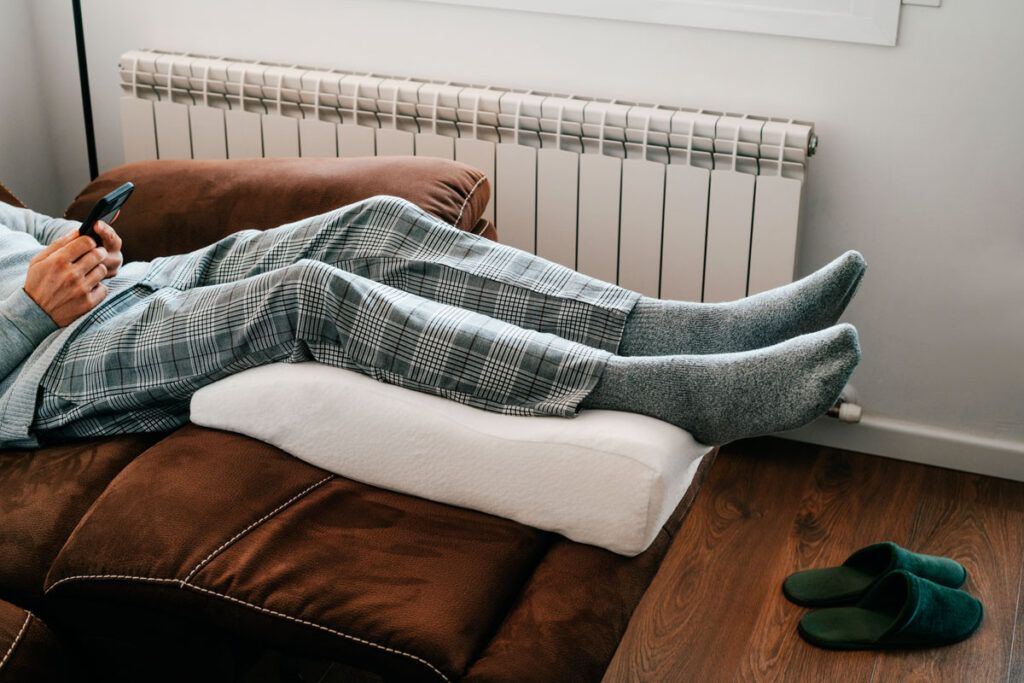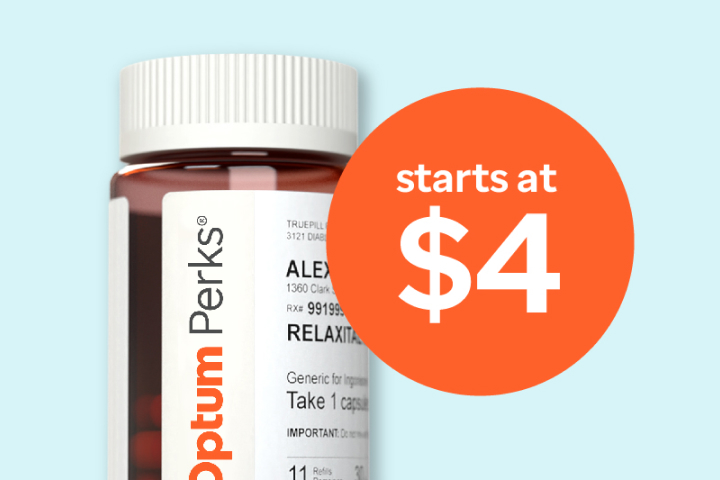Aging, fluid retention, and injuries are potential reasons for one or both of your legs swelling.
If you experience recurrent swelling that doesn’t improve in a few days, or the swelling is causing you discomfort, then consider speaking with a healthcare professional.
It’s not always possible to diagnose the cause of a swollen leg with a simple physical examination. You may need diagnostic tests to help identify the underlying cause of the swelling in your legs.
Several reasons that you may experience swollen legs include:
Fluid retention
Fluid retention can cause swelling in one or both of your legs.
This type of swelling is typically only noticeable when a person accumulates about 2.5–3 liters of fluid in their legs.
Fluid retention and swelling can occur for many reasons, including:
- pregnancy
- liver, kidney, or heart failure
- compartment syndrome
Swelling of the arms and legs is a common side effect of pregnancy.
Swelling occurs because the body produces more fluids during pregnancy, leading to fluid retention.
Injury or infection
Swelling and bruising in your leg may be a sign of an injury. Swelling occurs when the body sends fluids containing white blood cells, such as the white cells that fight infections, to the injured area.
Once the injury starts improving, the swelling typically goes down.
An infection can also cause swelling for the same reason. For example, if you have a bacterial infection like cellulitis, you may experience swelling, tenderness, and redness in your leg.
Blood clots
If you have swelling in one leg, you may have a blood clot disrupting blood flow in your blood vessels.
This condition is known as deep vein thrombosis (DVT). If you have a DVT, you may experience symptoms such as:
- tenderness of the swollen area
- fever
- pain inside the leg
- skin redness
- veins showing on the surface of your skin
- discoloration of the skin
If you have symptoms of DVT, it’s important to get immediate medical attention.
Age
As you age, you’re more likely to experience leg swelling. A 2021 survey-based study found that about 19–20% of people over age 54 experience leg swelling.
One of the most common causes of leg swelling in people over 50 years is venous insufficiency, a condition involving a lack of blood flow in the veins.
Medication side effect
Taking certain medications can cause fluid retention and swelling in the legs as a side effect.
Medications that may cause leg swelling include:
- calcium channel blockers and other vasodilators
- endocrine drugs, such as estrogen or progesterone
- antidepressants
- proton pump inhibitors
- diazoxide
- certain drugs for Parkinson’s disease
- nonsteroidal anti-inflammatory drugs
If you experience swelling in your legs after taking one of these medications, consider speaking with a healthcare professional. They may recommend changing your dosage or alternative medication.
Treatment options

Leg swelling treatment depends on the underlying cause.
- Injury: Applying cold packs, elevating your leg above the level of your heart, and wearing compression socks may help improve swelling.
- Infection: You may need antibiotics to treat a bacterial infection causing swelling in your leg.
- Fluid retention: A healthcare professional may prescribe diuretic medications such as spironolactone (Aldactone) or furosemide (Lasix) to limit fluid retention and swelling.
- DVT: Anticoagulant medications can help dissolve and help prevent the formation of blood clots. These may include:
If you need help covering the cost of medications, the free Optum Perks Discount Card could help you save up to 80% on prescription drugs. Follow the links on drug names for savings on that medication, or search for a specific drug here.
